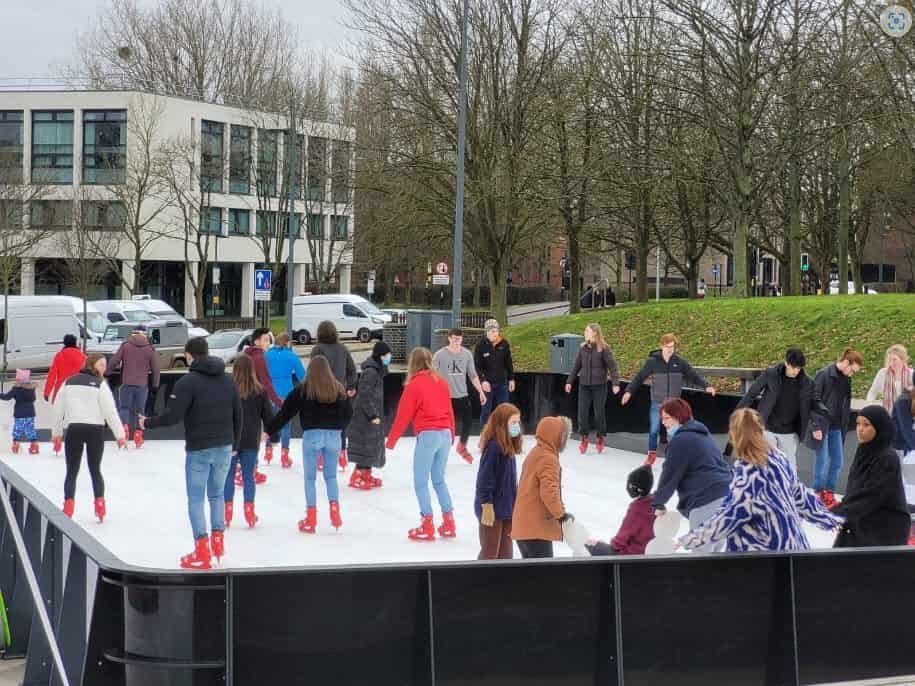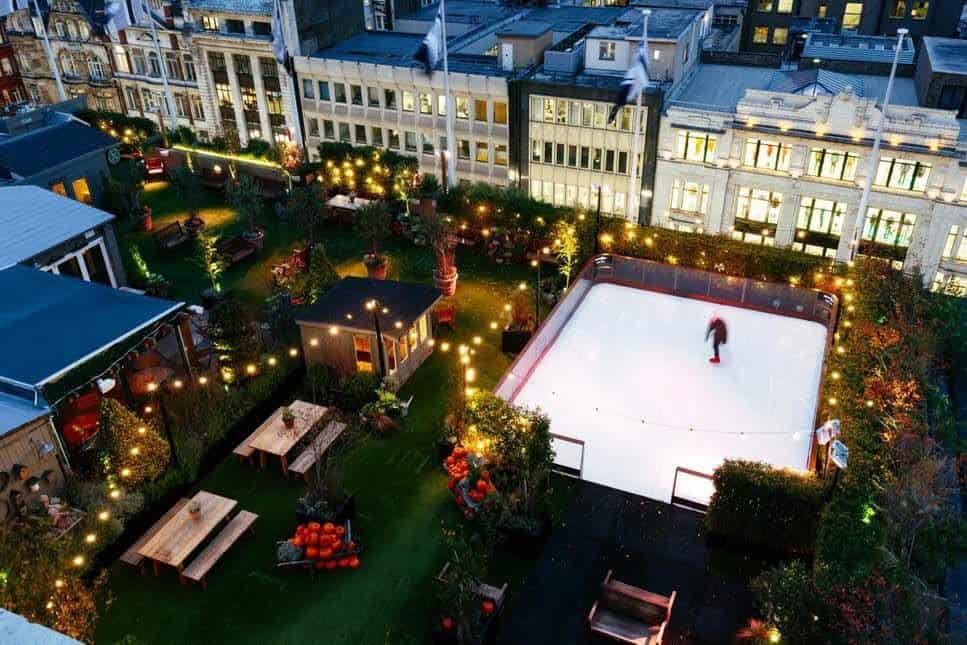Introduction: Artificial ice rinks have become increasingly popular in recent years, offering an alternative to traditional natural ice surfaces for skating, hockey, and other winter sports. However, despite their growing prevalence, there are still many myths and misconceptions surrounding artificial ice rinks. In this article, we aim to debunk some of the most common misconceptions and provide clarity on the realities of artificial ice rinks.
Myth 1: Artificial Ice Rinks Are Inferior to Natural Ice Rinks One of the most pervasive myths about artificial ice rinks is that they are inferior to natural ice rinks in terms of performance and skating experience. While it’s true that artificial ice may feel slightly different from natural ice, modern synthetic materials have come a long way in replicating the glide and feel of natural ice. In fact, many professional skaters and hockey players train on artificial ice rinks during the off-season, attesting to their quality and performance.
Myth 2: Artificial Ice Rinks Are High-Maintenance Another common misconception is that artificial ice rinks require extensive maintenance compared to natural ice rinks. In reality, artificial ice rinks are often easier to maintain than natural ice rinks. Synthetic ice surfaces are resistant to melting, chipping, and cracking, reducing the need for constant resurfacing and repair. Additionally, automated maintenance systems can help keep artificial ice rinks clean and smooth with minimal effort.


Myth 3: Artificial Ice Rinks Are Not Environmentally Friendly There is a misconception that artificial ice rinks are harmful to the environment due to their energy consumption and reliance on synthetic materials. While it’s true that some older artificial ice rinks may have had a larger environmental footprint, advancements in technology have made modern artificial ice rinks much more sustainable. Many facilities now use energy-efficient cooling systems and renewable energy sources to reduce their environmental impact. Additionally, synthetic ice materials can be recycled and reused, further minimizing waste.
Myth 4: Artificial Ice Rinks Are Only Suitable for Recreational Skating Some people believe that artificial ice rinks are only suitable for recreational skating and are not suitable for competitive sports like hockey or figure skating. However, many professional athletes and teams use artificial ice rinks for training and practice sessions. Synthetic ice surfaces offer consistent glide and performance, making them ideal for honing skills and developing technique. In fact, some competitive events and tournaments are held on artificial ice rinks, further demonstrating their suitability for high-level competition.
Myth 5: Artificial Ice Rinks Are Expensive to Install and Maintain While there is an upfront cost associated with installing an artificial ice rink, many people mistakenly believe that they are prohibitively expensive to maintain in the long run. In reality, the total cost of ownership for an artificial ice rink can be comparable to or even lower than that of a natural ice rink over time. Synthetic ice surfaces require less frequent resurfacing and repair, reducing ongoing maintenance costs. Additionally, advances in technology have made artificial ice rinks more energy-efficient, further lowering operating costs.
Conclusion: Artificial ice rinks offer a versatile and sustainable alternative to natural ice surfaces for skating, hockey, and other winter sports. By debunking common myths and misconceptions, we can help promote a better understanding of the benefits and capabilities of artificial ice rinks. Whether it’s for recreational skating, professional training, or competitive sports, artificial ice rinks provide an accessible and enjoyable experience for skaters of all ages and abilities.


